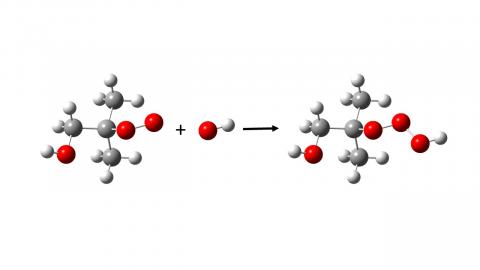Reaction: Study finds high levels of PFAS in school uniforms sold in North America
Researchers have analysed the presence of perfluoroalkyl and polyfluoroalkyl substances (PFASs) in 72 textile products purchased online in the US and Canada in 2020 and 2021. The results, published in the journal Environmental Science and Technology Letters, show high concentrations in school uniforms and higher concentrations in 100 % cotton as opposed to synthetics.

Miquel Porta - PFAS uniformes EN
Miquel Porta
Researcher at the Hospital del Mar Medical Research Institute (IMIM), professor of public health at the Autonomous University of Barcelona and author of the book Vive más y mejor
I think the study is of high technical quality. For example, I think you are right in saying that "it is difficult to measure unknown PFASs that may be used in consumer products due to the lack of information related to production and use, and the lack of analytical standards", as many substances with unknown physicochemical, metabolic and hormonal properties enter the market.
It is also true that doctors and epidemiologists are particularly concerned about children, as well as pregnant women, immunocompromised people, the elderly, or those suffering from concomitant pathologies (several chronic diseases at the same time).
Of course, the number of products analysed is small in terms of the number of products on the market, but the researchers' efforts are commendable. And there is nothing to suggest that the sample of products is biased towards more contaminated ones. We would find many other products contaminated by the same substances.
The laboratory techniques I cannot judge, although I believe they are well accredited laboratories. The data analysis is correct.
The "fright" or alarm that a citizen may feel when faced with these findings seems to me to be logical and natural. We have to understand it and overcome it. We can inform ourselves more and try to make better choices about what we buy. But we cannot be frightened all day long as if we were living "alone in the face of danger": we have institutions that should look after our health better. In the EU we have agencies like ECHA and the REACH programme: they do enough and can do more if they have more public and political support.
Xia, Diamond, Peaslee et al.
- Research article
- Peer reviewed



